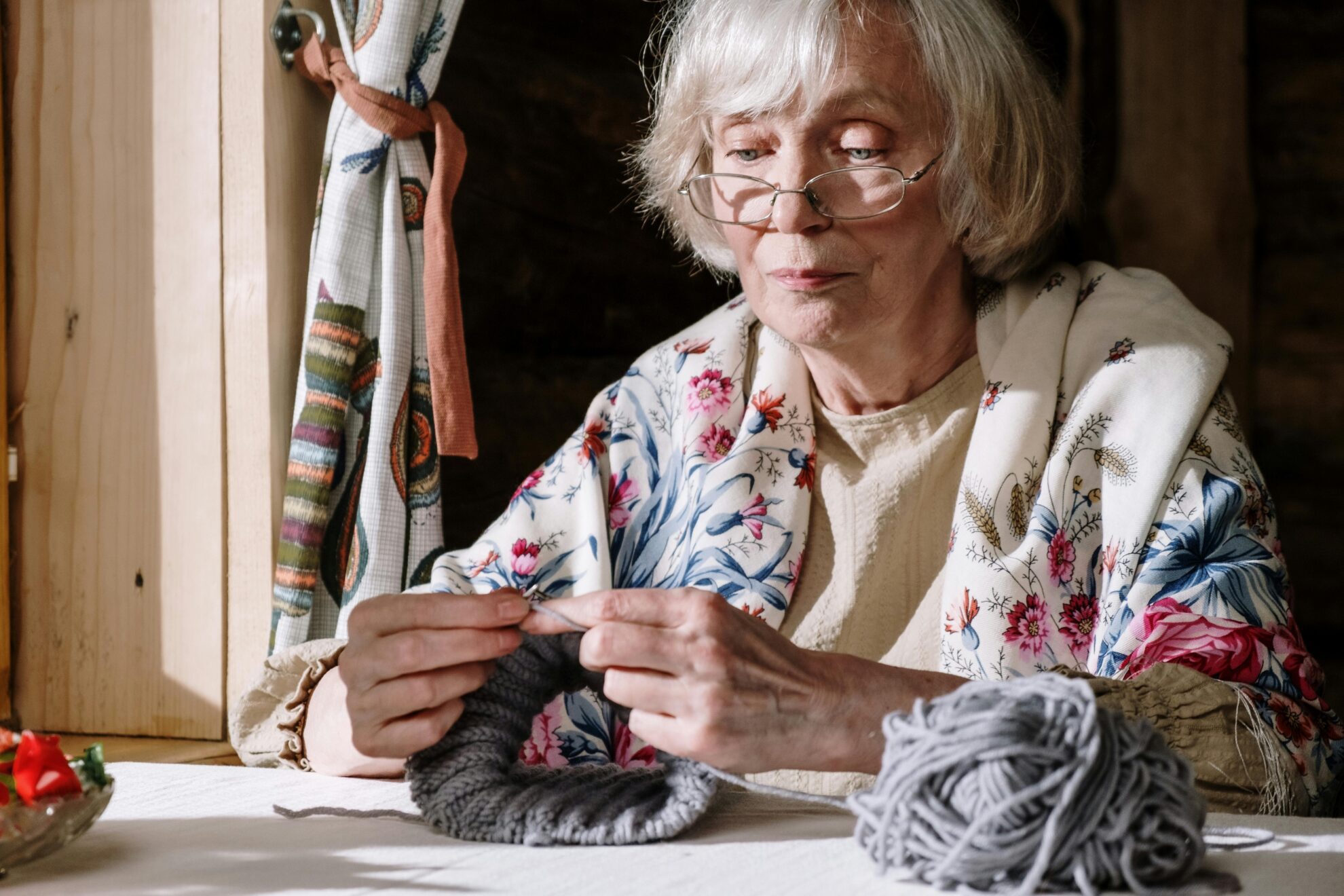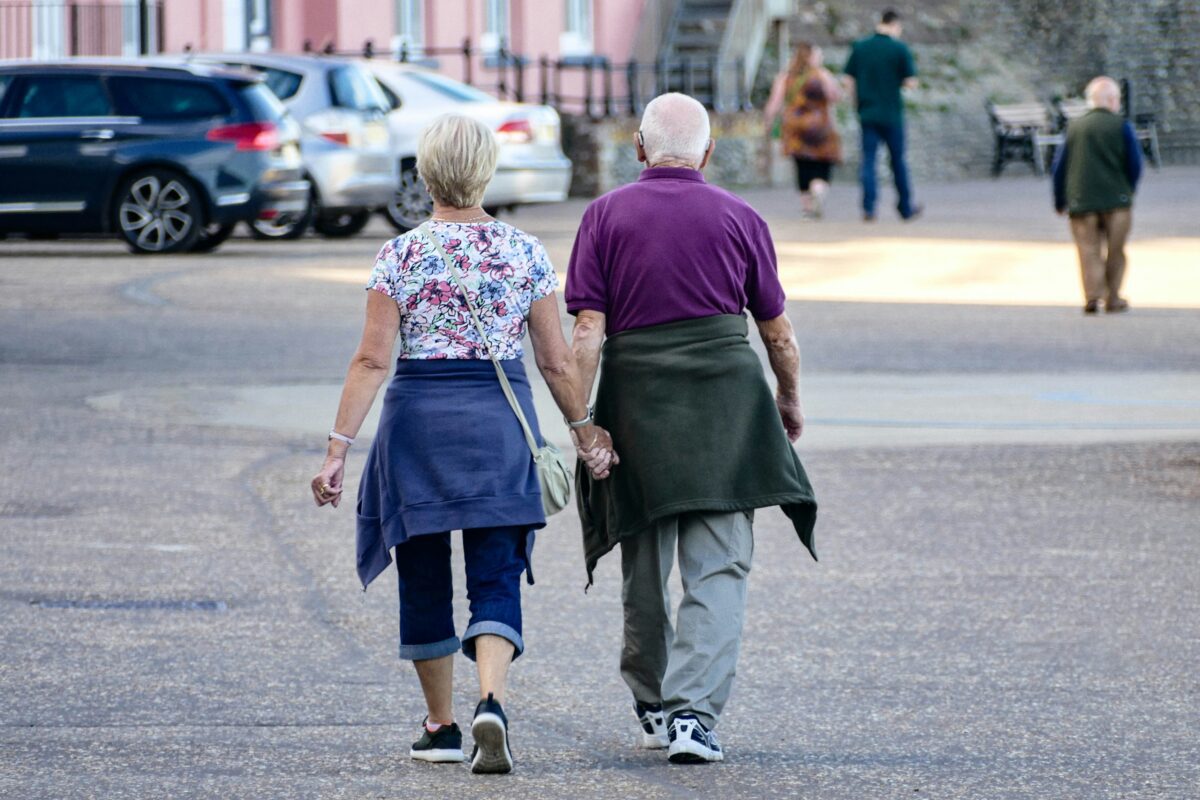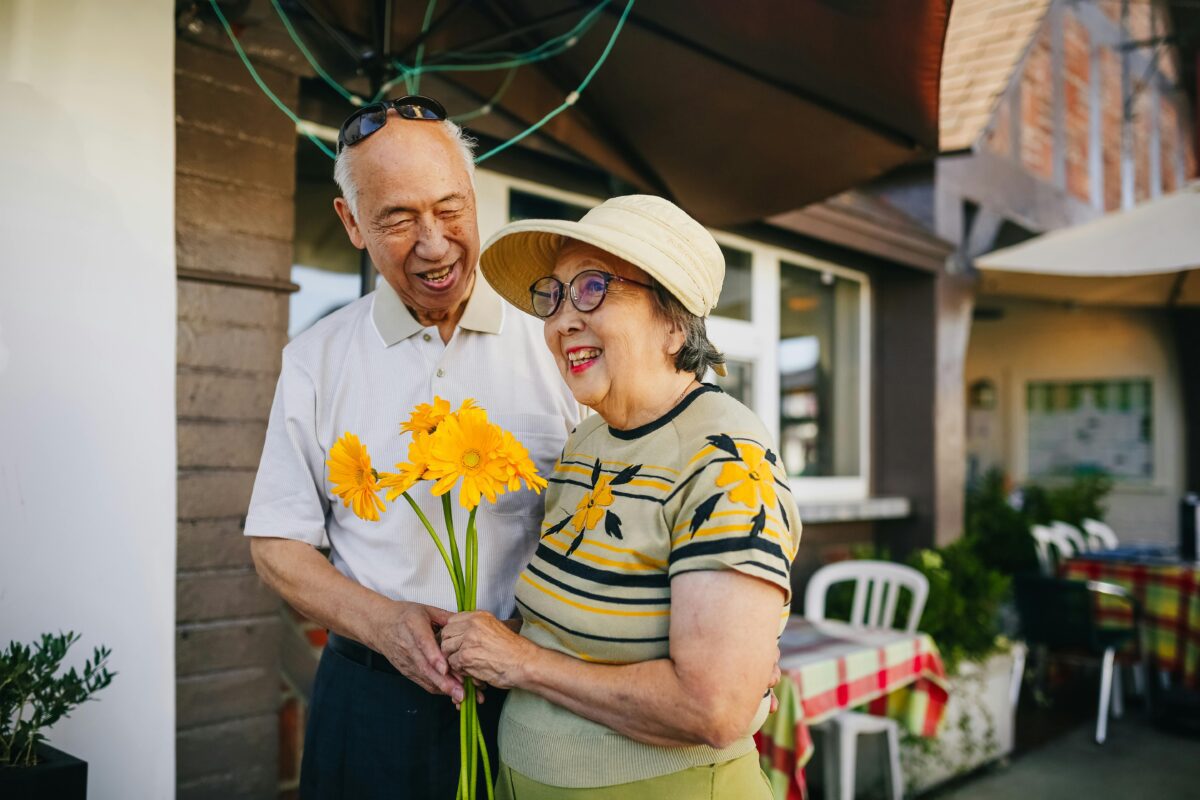The Importance of Movement for Seniors: Needs, Benefits, and Science-Backed Solutions
As individuals age, maintaining an active lifestyle becomes increasingly critical for health and well-being. Yet, many seniors struggle to incorporate adequate movement into their daily lives, often due to physical limitations, misconceptions about exercise, or a lack of accessible senior fitness programs. This gap between what seniors should be doing and what they are actually doing presents both a problem and an opportunity—one that can significantly impact not only individual lives but also the broader healthcare system.
The Problem: A Widening Activity Gap

Data suggests that many seniors are not meeting recommended activity levels. According to the World Health Organization (WHO), adults aged 65 and older should engage in at least 150 minutes of moderate-intensity aerobic activity each week, along with muscle-strengthening exercises twice weekly. However, studies show that fewer than 20% of seniors achieve these benchmarks. The reasons for this are multifaceted, including physical discomfort, fear of injury, social isolation, and a lack of knowledge about appropriate exercise options.
This inactivity contributes to a range of adverse outcomes, from diminished mobility and loss of independence to increased risk of injury and the onset of chronic diseases such as obesity, diabetes, and cardiovascular conditions. The opportunity lies in bridging this gap through targeted movement programs designed to meet the unique needs of older adults.
The Benefits of Movement: Individual and Systemic
The benefits of regular movement for seniors are profound, extending beyond physical health to encompass mental and emotional well-being.
1. Individual Benefits
● Physical Health: Consistent movement helps maintain muscle mass, bone density, and joint flexibility. Functional fitness—the ability to perform everyday tasks such as climbing stairs, carrying groceries, or getting up from a chair—is a cornerstone of independence. Additionally, exercise reduces the risk of falls, a leading cause of injury and hospitalization in older adults.
● Chronic Disease Prevention: Regular activity can help prevent or manage conditions like obesity, type 2 diabetes, and hypertension. It also supports better cardiovascular health and improved metabolic function.
● Neurological Health: Movement, especially activities that challenge coordination and balance, has been shown to delay the onset of neurological diseases such as Parkinson’s and Alzheimer’s. Exercise also enhances cognitive function and mood, reducing the risk of depression and anxiety.
● Enhanced Quality of Life: Staying active fosters a sense of purpose and confidence, enabling seniors to participate in social activities and hobbies they enjoy.
2. Systemic Benefits
● Reduced Healthcare Costs: Seniors who engage in regular exercise are less likely to require expensive medical interventions. A lower incidence of falls, chronic diseases, and hospital admissions translates to significant savings for healthcare systems.
● Improved Caregiver Support: Active seniors are more independent, reducing the burden on family members and caregivers. This contributes to better mental health for all involved.
The Science of Movement Training for Seniors
Emerging research underscores the importance of senior fitness programs for older adults. While general exercise is beneficial, specific types of training can enhance resilience and capacity in targeted ways.
1. Functional Fitness Training
Functional fitness focuses on exercises that mimic everyday activities, helping seniors maintain their ability to perform essential tasks. For example, squats improve the ability to rise from a chair, while carrying weights simulates carrying groceries. Research shows that functional training improves strength, balance, and coordination, reducing the risk of falls and injuries.
2. Balance and Coordination Exercises
Activities like tai chi, yoga, and balance drills improve proprioception—the body’s awareness of its position in space. Such practices have been shown to decrease fall risk by enhancing stability and reaction time.
3. Strength Training
Resistance training helps counteract age-related muscle loss (sarcopenia) and supports bone health. Incorporating weights, resistance bands, or bodyweight exercises can significantly improve physical capacity and reduce frailty.

[/caption]
4. Aerobic Activity
Cardiovascular exercises such as walking, swimming, group classes, or cycling improve heart health, lung capacity, and overall endurance. Even moderate-intensity activities can provide substantial benefits when performed regularly.
5. Cognitive-Movement Integration
Programs that combine physical movement with cognitive challenges, such as dancing, ping pong, or martial arts, have shown promise in boosting brain health. Such activities engage multiple areas of the brain, enhancing neuroplasticity and cognitive resilience. These activities can also be designed to be enjoyable through some form of gamification and social engagement.
Practical Movement Solutions for Seniors
Implementing senior fitness programs doesn’t have to be complicated. When enacted thoughtfully, these programs can foster a sense of confidence, structure, and connectedness among participants, ultimately enhancing adoption and retention rates. Here are some practical examples of activities that have shown to be easily adopted and sustained:
● Walking Groups: Social walking clubs encourage regular activity and combat isolation.
● Chair Exercises: For those with mobility issues, seated exercises using light weights or resistance bands can improve strength and flexibility.
● Balance Classes: Community centers often offer classes focused on balance and coordination, such as tai chi or beginner yoga.
● Home Routines: Simple home-based routines, such as squats, step-ups, or stretching exercises, can be performed with minimal equipment.
● Engaging Technology: Fitness apps and virtual classes designed for seniors can provide structured guidance, education, and motivation. The asynchronous nature of digital movement programs also enhances convenience and access by meeting participants where they are and when they are ready.
Bringing Down Barriers
As lifespans continue to increase, addressing the needs of the senior population represents an impactful and unique opportunity for both the commercial and community health and fitness industry. One of the most viable pursuits lies in augmenting the current senior facility and service models.
● The Physical Environment: It is important that the facilities and equipment are welcoming and accessible. Everything from parking to getting on and off equipment easily and safely should be considered.
● Staffing Expertise: Seniors have distinct needs, and having staff that understand how to support, educate, and engage this population is critical to success.
● Critical Partnerships: Successful program development requires collaborations with referral networks and key community partners like hospitals, physician practices, senior centers, and faith-based organizations.
● Cost: For many seniors, financial strain can be a significant barrier to accessing care. Providing grants and subsidies to reduce the cost of these programs can play a major role in increasing participation.
● Objective and Subjective Outcomes: Facilities investing in a more value-based care model, focused on preventative actions and a patient-centered approach, have seen higher patient satisfaction and lower costs of care. Providing quantifiable data supporting key factors like engagement and outcomes can enable senior programs to receive both recognition and investment, both critical components in broadening access and acceptance.
Conclusion
Movement is a powerful tool for seniors, offering significant benefits for both individuals and the systems that support them. By addressing the barriers to physical activity and leveraging science-backed training approaches, we can help seniors lead healthier, more resilient lives. Whether through patient-centered programs, home exercises, or innovative technologies, the key lies in promoting accessible, enjoyable, and effective movement options. The journey to better health begins with a single step—and for seniors, every step counts.

